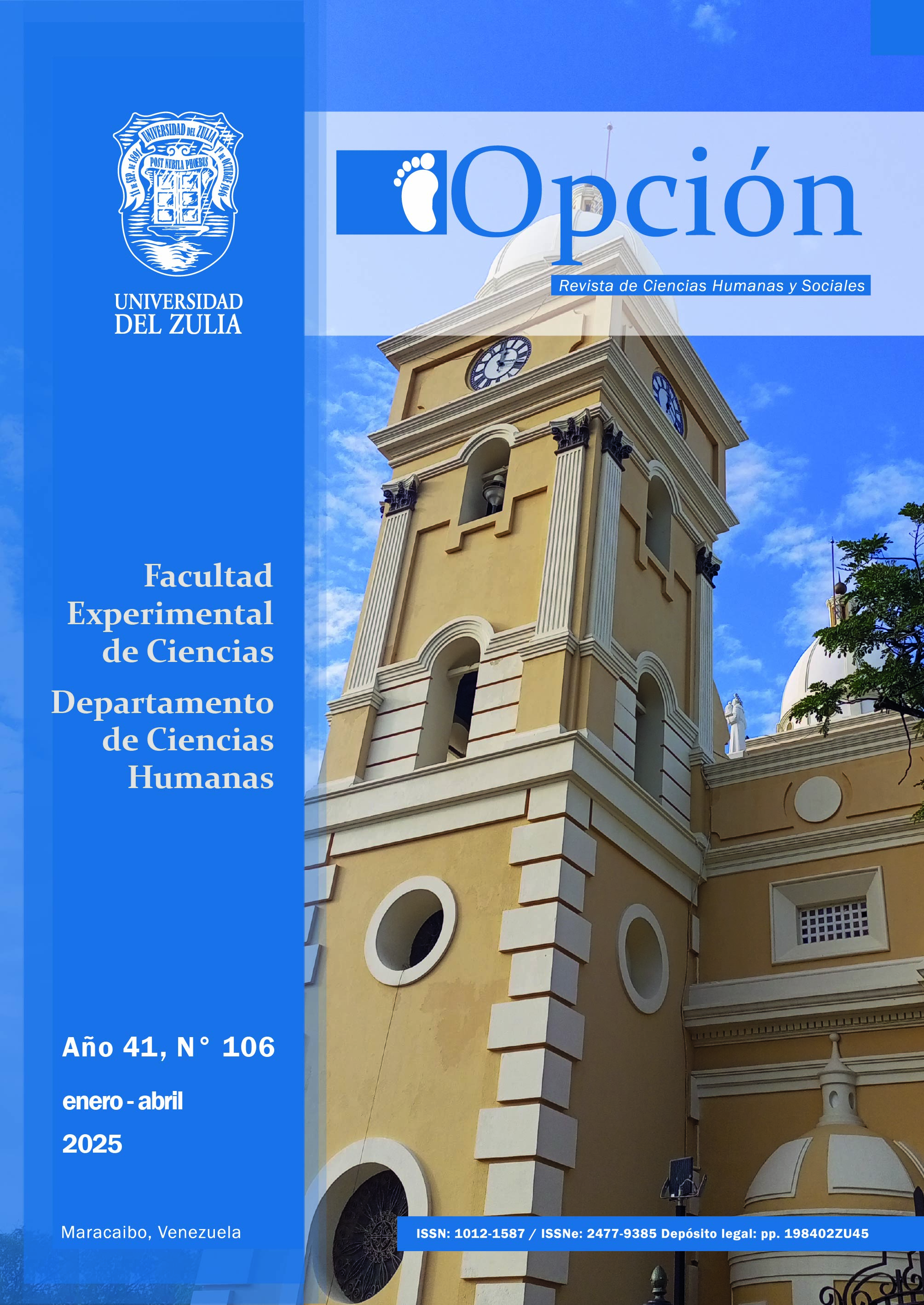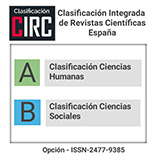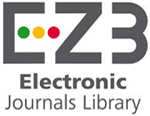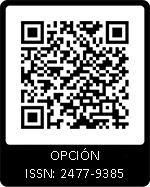From the Oil Crisis to the Emergence of Charismatic Leadership: Arnoldo Struve and the Reconfiguration of Community Destiny
From the Oil Crisis to the Emergence of Charismatic Leadership: Arnoldo Struve and the Reconfiguration of Community Destiny
Abstract
This article examines the role of charismatic leadership in processes of social transformation, using the case of Arnoldo Struve during the relocation of Pueblo Viejo to Mene Grande in 1966. Through the analysis of oral testimonies, documents, archival photographs, and newspaper articles, it explores how an individual figure managed to mobilize a community in crisis, negotiate with an oil corporation, and redefine the collective destiny. Inspired by Geertz’s model of personality structures and Weberian charisma theory, it is argued that Struve acted as a catalytic agent in a context of cultural tension, environmental crisis, and institutional weakness. The article demonstrates that his authority was not based on formal power but on personal conviction, which generated consensus and collective action. Additionally, it analyzes how charisma was partially institutionalized, leaving a symbolic legacy within the community. The study contributes to the field of political anthropology and to the understanding of social change from an interpretive perspective.
References
Amodio, E. (1993b). Formas de la alteridad: Construcción y difusión de la imagen del indio americano en Europa durante el primer siglo de la conquista. Ediciones ABYA-YALA.
Ascencio, M. (1976). ¿San Benito, sociedad secreta? Universidad Central de Venezuela.
Augé, M. (2000). Los no lugares. Espacios del anonimato. Antropología sobre la modernidad. Gedisa.
Cassirer, E. (1985). La filosofía de las formas simbólicas. El lenguaje [Traducción del alemán por Armando Morones]. Fondo de Cultura Económica.
Castells, M. (2000). La era de la información. Economía, sociedad y cultura. Vol. La sociedad red. Siglo XXI Editores.
García Gavidia, N. (1987). Posesión y ambivalencia en el culto a María Lionza. Ediluz.
Martínez, A. R. (1976). Cronología del petróleo venezolano. Ediciones Petroleras Foninves.
Pollak-Eltz, A. (1991). La negritud en Venezuela. Cuadernos Lagoven.
Ricoeur, P. (2003). El conflicto de las interpretaciones. Ensayos de hermenéutica. Fondo de Cultura Económica.
Valverdú, J. (2014). Antropología simbólica: Teoría y etnografía sobre religión, simbolismo y ritual. Editorial UOC.
Velasco, H., & Díaz de Rada, Á. (1997). La lógica de la investigación etnográfica. Un modelo de trabajo para etnógrafos de la escuela. Editorial Trotta.
Hemerográficas
Alguindigue, I. (6 de junio de 1966). Santa Rita, el más floreciente campo petrolero de Falcón, es hoy un potrero olvidado. El Nacional, p. 14.
Panorama. (23 de abril de 1965). [Artículo no especificado].
Panorama. (18 de noviembre de 1966). [Artículo no especificado].

























